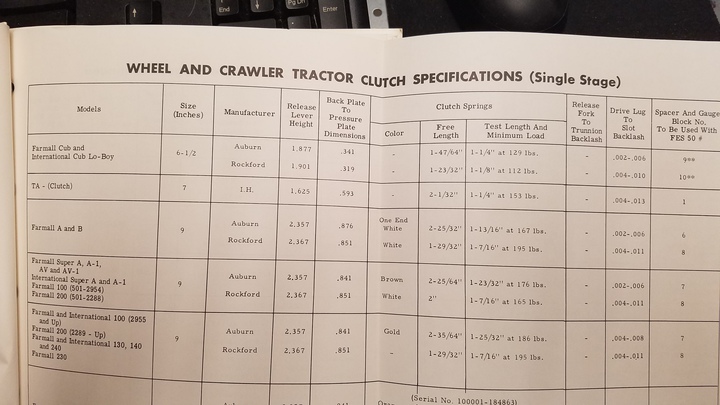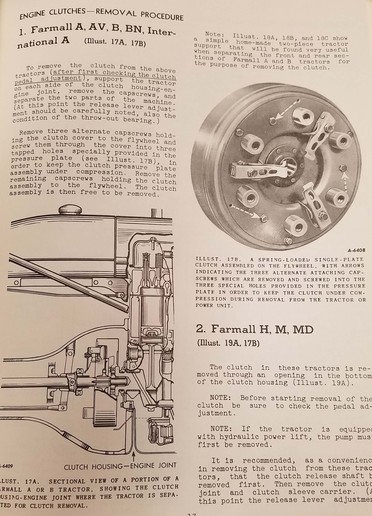So I completely rebuilt a BN, a '47 I think, and while I was at it I replaced the throw-out bearing in the clutch. But, I had no clutch
pedal when we put it back together so I adjusted the clutch rod in the torque tube. It would not disengage the clutch and I couldn't put it
into gear. So, I adjusted the clutch some more and forced it into gear with some loud hammering noise coming from the clutch. Those were
the fingers on the clutch breaking off when hitting the bottom of the collar behind the throw-out bearing. So, I broke it apart and replaced
the clutch with one from an old A and I still have the same problem. Either the clutch plate is not dis-engaging and I can't get into gear
or the bottom of the yoke behind the throw-out bearing is hitting the bolts that adjust the fingers on the clutch. And guys, if I have to
break this thing apart much more I'm going to lose my help (my brother).
pedal when we put it back together so I adjusted the clutch rod in the torque tube. It would not disengage the clutch and I couldn't put it
into gear. So, I adjusted the clutch some more and forced it into gear with some loud hammering noise coming from the clutch. Those were
the fingers on the clutch breaking off when hitting the bottom of the collar behind the throw-out bearing. So, I broke it apart and replaced
the clutch with one from an old A and I still have the same problem. Either the clutch plate is not dis-engaging and I can't get into gear
or the bottom of the yoke behind the throw-out bearing is hitting the bolts that adjust the fingers on the clutch. And guys, if I have to
break this thing apart much more I'm going to lose my help (my brother).




